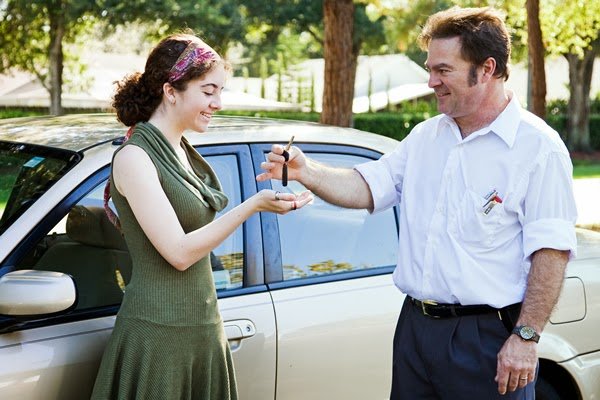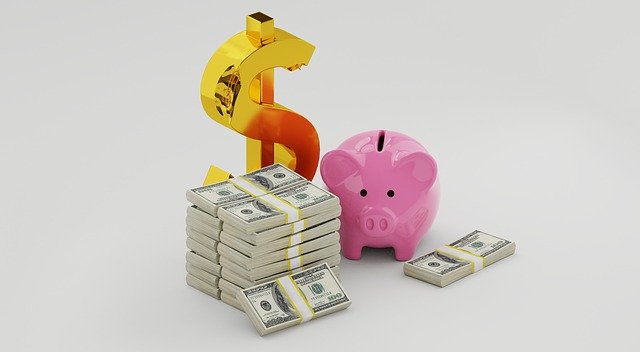Buying a Used Car? Read This First
The most important question to ask yourself is not how much money you can raise, but how much you want to spend. At a pinch we can all raise more money than we can happily afford to spare. This means that you will be cutting back on several other things for months. So stick to the bare minimum amount and not only will the financial burden not seem so great, but you will also have extra cash easily available for additional expenses that are associated with buying a used car. Things like insurance, road tax, title change and car registration will usually add up to a pretty sum, even for a used car. Usually the rule of thumb is that these extra expenses work up to about ten percent of the cost of the car, get a better idea using www.autoloancalculator.org.
Carry a Checklist
When you go to the used car dealer make sure that you have a checklist with you. On this check list add all the points that you want or do not want in your used car. Things like the vehicle’s service history, condition of the engine, how old the tires are, what is the mileage on the odometer, check metal parts for wear and tear, any tears in the seat upholstery, fluid leaks that may be visible, and any other points that could be a deal breaker. Make sure that you go though the points of the checklist on any vehicle you happen to like. Also remember that tiny scratches on the body of the vehicle are acceptable but a problem with the actual engine is not. Prioritize the items on your check list and remember to think with your head not with your heart when you actually see a car you would like to own.
The Moment of Truth: A Test Drive
No matter how good a vehicle looks in the showroom, you need to get behind the wheel to find out its true worth. A test drive is very often the moment of truth for a used car. So make sure that you insist on a test drive before you seal the deal. Pay attention to the sound of the engine, the comfort of the seat, the lights on the dashboard, the proper functioning of all the instruments, and of course test the breaks. If you hit any snag, no matter how small, make sure you find out exactly what the issue is, and if it can be rectified. Now that you are sure that the car meets all your requirements, go ahead and buy it.



